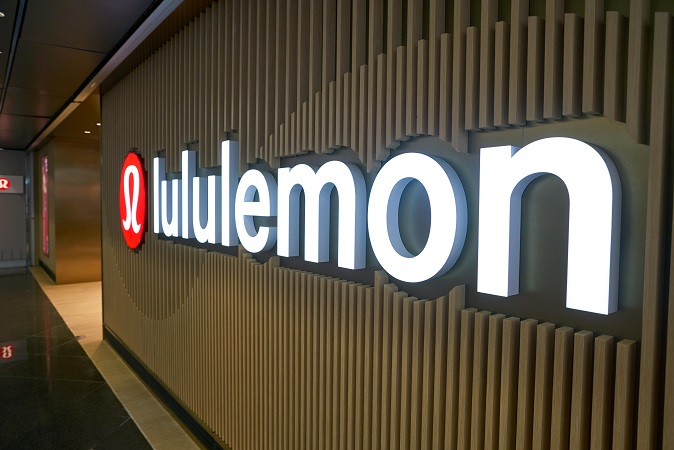IMD business school for management and leadership courses



The Best Strategies Take Years to Realise – Just Look at Disney
This article was originally published in the South China Morning Post
Media company’s successful development of its streaming service shows there are no short cuts to corporate reinvention, just long-term vision.
There exists a simplistic view of corporate strategy. People think of it in two stages – formulation and execution. But in reality, a strategy is always a work in progress and keeps evolving. A great strategy takes generations of CEOs to realise. For a media company like Disney, all eyes are on its streaming business. The pandemic has driven many of the subscriptions to Disney+. In the final three months of 2021, it added some 11 million subscribers, taking its user base to nearly 130 million. That contrasts with the addition of just 8 million users at Netflix during the period.
It’s tempting to think of Disney’s traction as inevitable, given its kid-friendly franchises such as Marvel, Star Wars and Pixar’s offerings. The reality is it is difficult to put your own content online, especially when you need to invest ahead of others. You must build your own platform and new capabilities.
That’s what former CEO and chairman Bob Iger did. Years before Disney+ came online in 2019, he was seeding a series of acquisitions, starting with Pixar Animation Studios in 2006, then Marvel, Lucasfilm and 21st Century Fox. All these deals turned Disney into a content king.
Next, Iger had to integrate the new elements. There were content production operations in the form of production studios and TV channels. Then there were apps, user interfaces, data management, customer acquisition and retention. As for tech people, they should focus on how to distribute things digitally in the new media world and not worry about creative production. And finally, there was “physical entertainment and goods” – a catch-all for cruises, resorts, theme parks, Disney stores, consumer products and merchandise licensing.
It then occurred to Iger that this was what a media company should look like. Disney didn’t just excel in the retail, cable television, cruise and theme park businesses. It’s an integrated whole that is unique among the competition.
After that, Disney needed to pull all its content off Netflix. New executives with outside expertise would arrive. It took the next CEO, Bob Chapek, to streamline the entire organisation.
Then came the latest move. Disney+ needed to widen content types. To keep expanding on a par with Netflix, going with shows that only entertain children would put a ceiling on growth. This is where Chapek seems to be nudging Disney+ to evolve its identity by going after the adult audience directly. To rival Netflix and stay ahead of Amazon Prime and Apple TV, it must outgrow its initial proposition.
That’s why taking a long view of things is important. A revolution rarely works. Disney+ has been more than 10 years in the making, and is still evolving. There is no short cut to corporate reinvention.











